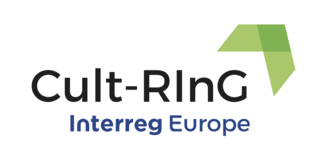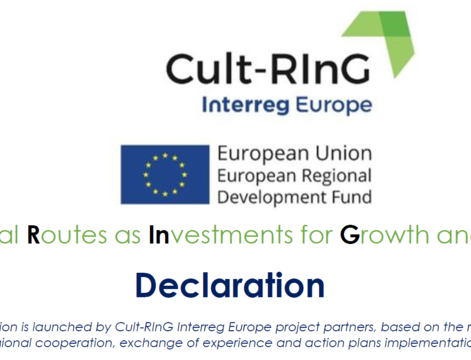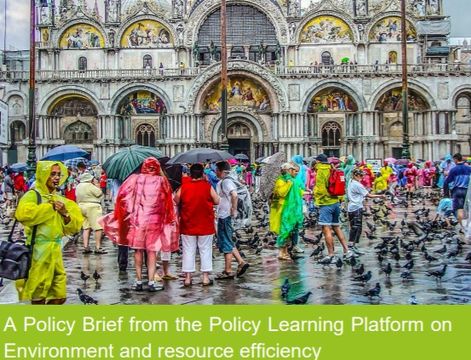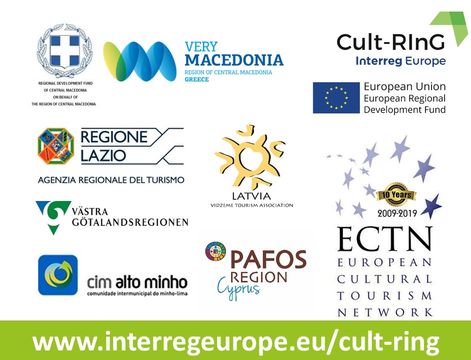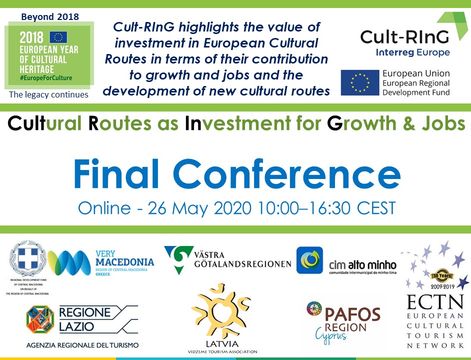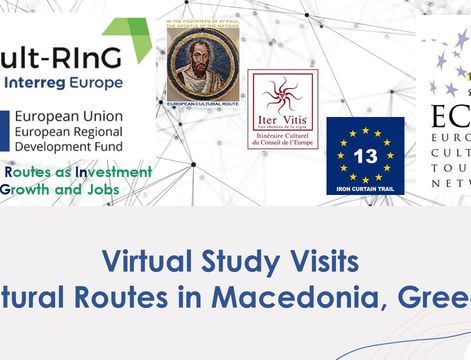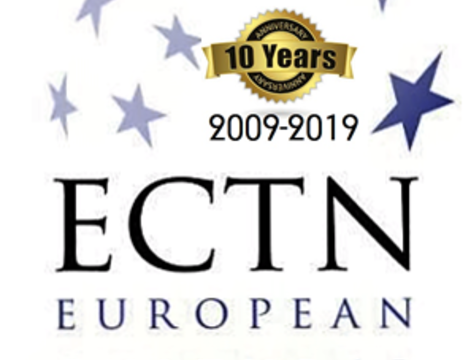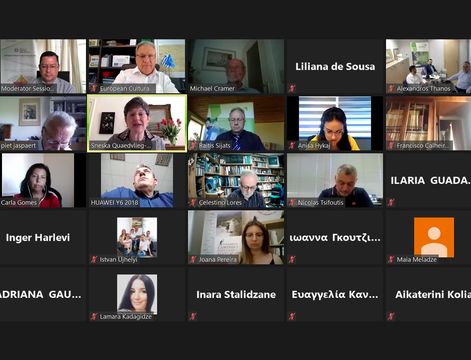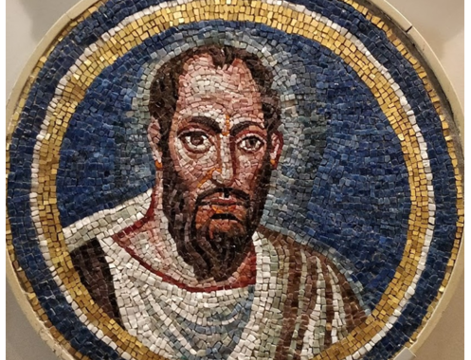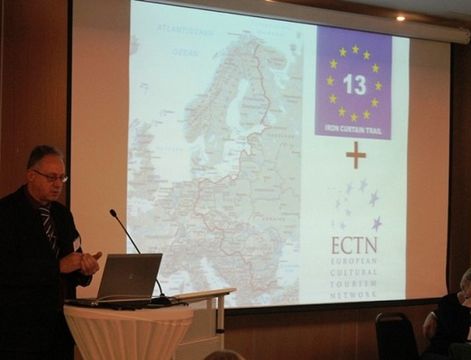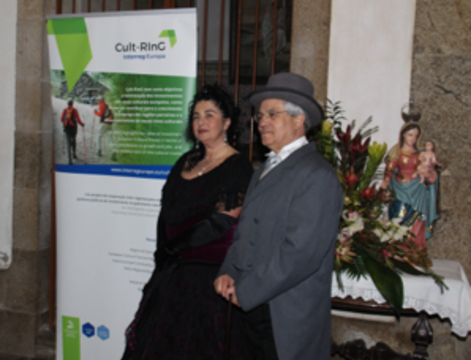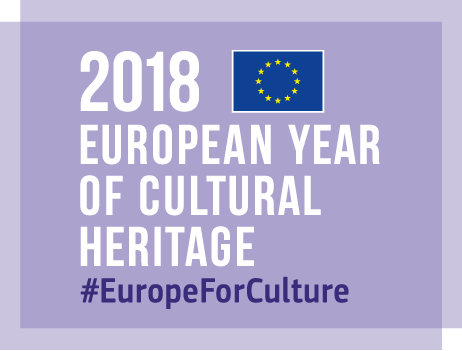Via Francigena – the cultural route of slow tourism and sustainable development won the 2nd prize in the ECTN Awards 'Destination of Sustainable Cultural Tourism 2019'
The ancient route that in medieval times connected Canterbury to Rome, and to the harbors of Apulia has been discovered by modern wayfarers, who set off on a surprising and enchanting route. Since 2001 the European Association of the Via Francigena Ways coordinates the development and promotion of this itinerary that runs 2000 km across Italy, Switzerland, France, England, retracing the history of our continent and proposing a different way of travelling. The Cultural Route of the Council of Europe since 2007, the Association has a bottom-up approach to foster cooperation and unite all the stakeholders.
The Via Francigena (or the Road to Rome) has traditionally been a pilgrimage route in Europe. It represents a road network that, in the medieval period, joined the western countries from beyond the Alps (i.e. the land of the Franks) with Rome - the main destination for pilgrimages that came from all over Europe at the time. This road (2,000km) is the first and most ancient European route towards Rome. The first mentions of its use date back to the Historia Langobardorum by Paolo Diacono (circa 790).
As a long road between Rome and the north-west of Europe, the Francigena - with its different roles as a military road, trade route and pilgrimage route throughout the middle ages - has put different values and traditions in contact and has been an extremely important vehicle for transmitting cultural messages from one part of Europe to another.
Within this veritable economic, cultural and roadway system of medieval Italy new settlements emerged, economic processes were developed, and the highest artistic cultures that followed were disseminated and intertwined, from pre-Romanesque and Romanesque, to Gothic, Renaissance and Baroque. In fact, ideas, knowledge and technologies circulated with the travelers, and from this point of view the Via Francigena can be considered the main factor in the interaction between the various European cultures of the western Middle Ages.
In 2001, 34 Local Entities along the Italian section of the Via Francigena, following the route of Sigeric, Archbishop of Canterbury in 990, signed the deed of foundation of the European Association of the Via Francigena (EAVF) in Fidenza.
The EAVF has a bottom-up approach that fosters the relationships between the actors involved in the enhancement of the route, connecting all institutions from the local to the European level.
Since 2007 the AEVF was recognized by the Council of Europe as a carrier network of the Via Francigena Cultural Route due to its protection and enhancement of the whole European stretch in England, France, Switzerland and Italy and promotion of the European values of intercultural dialogue, understanding and highlighting of common to Europe heritage.
In 2009 the Regions and local authorities, supported by the AEVF, implemented the necessary infrastructure to make the route accessible and for the restoration of the cultural heritage located along its path.
The AEVF, working in four countries and covering a territory of 2,000 km, puts all possible efforts into route’s promotion by organizing and participating in visibility events, publishing materials and communicating to the stakeholders. In 2016 the first official guide on the Italian section of the Via Francigena was produced in three languages, thanks to the joint work of EAVF and the Italian regions: the route takes the historical and philological aspects into consideration, from Canterbury to the Gran San Bernardo Pass, through England, France and Switzerland.
The work of the Association has been used as a case study for UNWTO publication on Walking Tourism (2018) and by the Council of Europe as an example of a successful economic model of a route development.
Since few years the AEVF organizes an event ‘I love Francigena’, which focuses on cleaning the path and environmental sensibilization.
Since 2010 the association organizes a collective festival Festivals of the ‘Via Francigena Ways’. Taking place from June till November 2019 the event brings together 700 artistic practices and cultural events all along the route.
The AEVF organizes capacity-building events for its members and stakeholders to promote sustainable economic development and slow tourism.
In 2018 Via Francigena welcomed about 50.000 walkers, 18.000 of them opted for the EAVF pilgrim passports, which gives access to many services and discounts.
Having started as a local initiative by few Italian regions, the EAVF now is an association uniting 155 local authorities and 60 non-profit organizations in 4 countries, which animates the route, promotes responsible tourism.
The 'Via Francigena South' route is a specific action under way in the action plan of Cult-RInG partner Lazio Region, an active member of AEVF.
